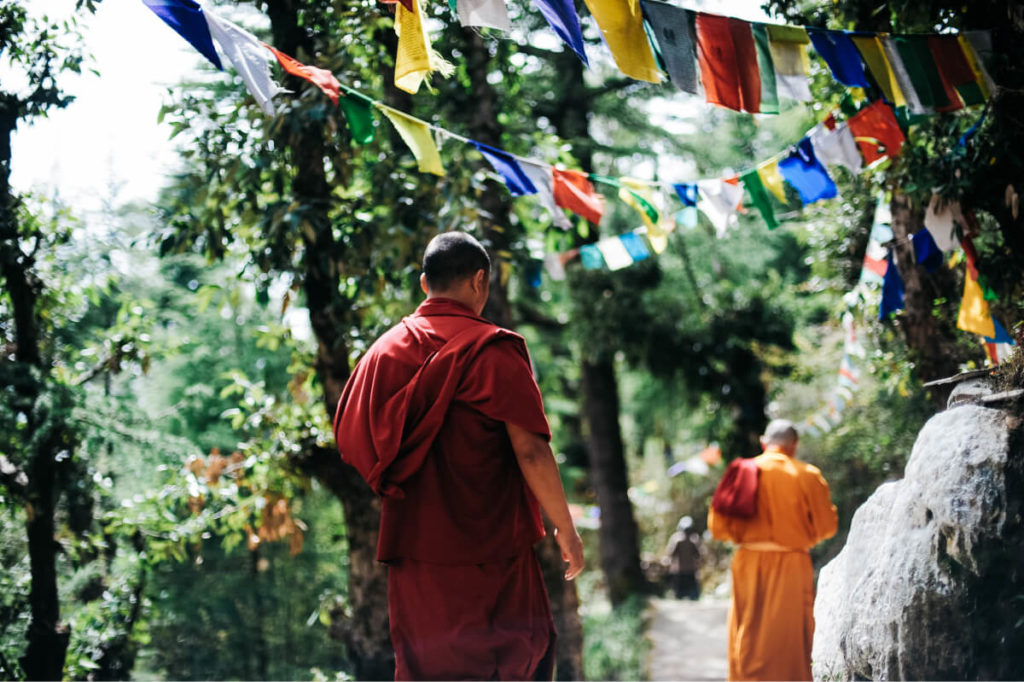Kushinagar is the birthplace of the Great Lord Buddha, the founder of Buddhism, who gave his final sermon before achieving “Mahaparinirvana” and being cremated in Ramabhar (Kushinagar). The Buddha’s ashes were cremated at ” Mukut Bandhan” (Ramabhar), where ‘Mallas’ built a large stupa over the remains. It was afterwards restored by Ashoka, the great. Fa Hien and Hieun Tsang, Chinese travellers, also cited ” Kushinara ” in their Travel-Memo.
It is also linked to Lord Mahavir, the Jain sect’s 24th tirthankar and the founder of Jainism. Lord Mahavrir is said to have died or gained Parinirvana at Pawa. Pawa was indeed the 2nd capital of the Mallas, after Kushinara, according to Pali Tripitak. Pawa is now associated with modern-day ‘Fazilnagar,’ a town 16 kilometres south of Kushinagar.
Kushinagar district has witnessed the glory of traditional culture and heritage. It is thought to be a significant Vaishnav, Shiv, Shaktipeeth, Buddha, Mahavir, and other religious centres. This place, located on the banks of the Gandak River and close to the Himalayan terai, was an ideal ‘Meditation Place’ for sages, saints, hermits, and Mahatmas drawn to its pious, serene, and lovely natural environs. Antiquities have been discovered during archaeological excavations. Sculptures and artefacts of numerous gods and goddesses.
Kusha, the child of the Mythical God King Ram who created and controlled the city, is the name of the historic town of Kushinagar in Uttar Pradesh. The Mauryan Emperor Ashoka is commemorated in the town’s archaeological finds, which stretch back to the 3rd century BC. Kushinagar is now a famous Buddhist pilgrimage place in India, and it is mentioned in the works of Chinese writer and pilgrim Hieun Tsang. The Mahaparinirvana was accomplished by Gautama Buddha at Kushinagar. The following is a list of the greatest sites to visit in Kushinagar.
Mahaparinirvana Temple is a Buddhist temple dedicated to Mahaparinirvana.
It is situated among the ruins of several historic monasteries that date back to the 5th century AD. The statue of Lord Buddha, which stands 6.10 metres tall, is the temple’s most prominent feature. The relics of Lord Buddha have indeed been placed here, as per writings in the ruins.
Kushinagar Museum is a museum in Kushinagar, India.
Various archaeological excavations discovered in Kushinagar were featured at the site, which was reopened in 1992-93. The Kushinagar Museum exhibits a vast range of items, including statues, carvings, seals, coins, and flags, as well as artifacts. A Stucco idol of Lord Buddha created in the spectacular Gandhara style is among the gallery’s big attractions.
Stupa of Ramabhar
Lord Buddha gained Mahaparinirvana, or Final Enlightenment, at Ramabhar Stupa. The 15-meter-high stupa has been one of Kushinagar’s biggest draws. The stupa is by far the most famous Buddhist pilgrim destination, and it is set in a lovely, beautiful green setting, offering it a must-see popular destination.
Temple of the Sun
The Puranas mention a temple devoted to the Sun God that was constructed even during Gupta period. The temple is known for its Sun God idol, which was sculpted out of a unique black stone. The figure is thought to have been discovered during investigations in the 4th and 5th century.
The historic city of Kushinagar is the ultimate burial ground of Gautama Buddha, and is hence amongst the most important Sacred pilgrimage sites. Since the ancient ages, the city has been a popular destination for Buddhist pilgrims, from Hieun Tsang to Fa Hein. The mentioned locations will undoubtedly assist you in highlighting the meaning of this city to Buddhists around the world. You can visit Lumbini and do a Lumbini Kushinagar by car sightseeing.

